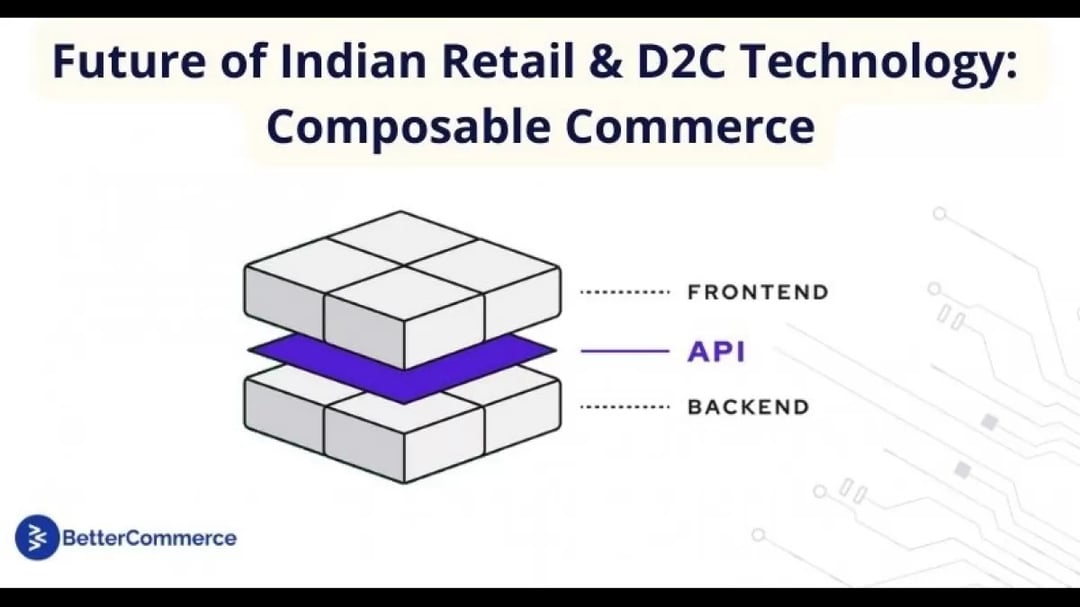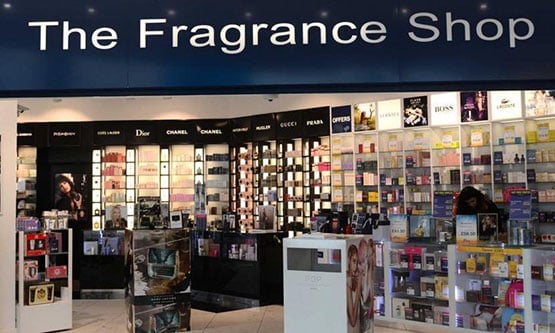Share this on
Composable commerce is based on the idea of breaking down traditional monolithic eCommerce platforms into individual, modular components that can be customized, replaced, and combined to create a unique shopping experience for customers, empowering retailers to do the unprecedented.
Composable commerce is surely a buzzword at the moment, but it actually works wonders when it comes to retailing. It’s a new approach for retailers and D2C brands that offers greater flexibility, agility, and scalability. It is rapidly gaining popularity around the world and BetterCommerce has become the first composable commerce stack to introduce the concept in India.
Composable commerce is based on the idea of breaking down traditional monolithic eCommerce platforms into individual, modular components that can be customized, replaced, and combined to create a unique shopping experience for customers, empowering retailers to do the unprecedented. For example, brands might just choose PIM or OMS to work with their eCommerce platform rather than re-platforming completely to a new stack.
India so far has seen the rise of monolithic platforms such as WooCommerce, Shopify and Magento but with the rise of commerce post-COVID and increasing consumer demands of being omnichannel, there is a need for a technology that can adapt quickly to such requirements. Technology is the only driver that will help brands stand out in this noise of brands and ads and composable commerce is the future in terms of adoption to such requirements at an affordable, faster and robust way of doing commerce.
Currently, there are technologies and providers using all sorts of ‘Jugaad’ to achieve such capabilities but D2C founders need to decide the battle they need to fight. With technologies changing rapidly, it is important to harness them to bring in new innovations for end consumers. Remember, customer retention and lifetime value is the paramount metric that requires constant innovation.
“India retail is undergoing a massive transformation, however, it is still too young for a concept like composable commerce, however, it is estimated to be an integral part of the commerce stack by 2025”, says the CEO, Vikram Saxena, at BetterCommerce. The Indian digital market has already become competitive and brand recall numbers are very important for new-age brands in such a highly competitive market. Where all businesses outside India are moving towards digital maturity, composable commerce is emerging as the future of Indian retail in 2023.
How BetterCommerce composable commerce stack will help change the India Retail Landscape?
Agility and flexibility
Composable commerce enables retailers to add new features, services, and channels quickly and easily, as well as remove or replace outdated ones. This allows them to adapt to changing market conditions, customer preferences, and emerging trends. For instance, adding various types of promotions, last-mile delivery, endless aisle and other such requirements need a commerce stack to be flexible to adopt.
Scalability
Composable commerce inherits headless architecture that allows the front end to be separated from backend. This helps any brand handle increased traffic, better page speed, unique experiences, higher transactions, and data without compromising performance, security, and reliability. Indian retailers have a large and ever-growing customer base and composable commerce helps cater to the needs of a growing business, changing markets and trends. One of the major reasons why technically mature businesses are adapting to composable commerce is to control technology, data and content. A combination of headless CMS, eCommerce, PIM and centralised CDP has helped many retailers to control innovations at technology, customer data, and marketing levels helping them grow their business manifold.
Personalization
Retailers can create personalized experiences for each customer by combining various components, such as product recommendations, promotions, and loyalty programs. This can help retailers build stronger relationships with customers and increase loyalty. With headless and composable architecture, the technology provides ultra-flexibility to stitch such experiences at any sales touchpoints be it a storefront, mobile app or Kiosk.
Cost-effectiveness
Composable commerce enables retailers to reduce costs by only paying for the components they need, instead of investing in a monolithic platform with features they may not use. Hence, pay for what you use. Moreover, businesses can increase their operational efficiencies and with the help of the tech stack, they can reduce errors while also saving time and money.
Technology Innovation
Lastly, composable commerce encourages innovation by enabling retailers to experiment with new technologies, integrations, and business models without disrupting their existing systems or processes. Because of the microservice API-based architecture, achieving seamless integrations and faster time to market combined with limitless customization of front-end makes composable commerce the right choice for retailers who want to harness technology for faster growth innovation and are moving toward digital maturity.
About BetterCommerce: BetterCommerce is redefining mid-market commerce through advanced and flexible API’s. Built on a headless and composable approach, it provides a suite of packaged business capabilities providing end-to-end ecommerce solutions. The commerce stack includes the following composable modules: PIM, eCommerce, CMS, OMS, Analytics and Engage.










